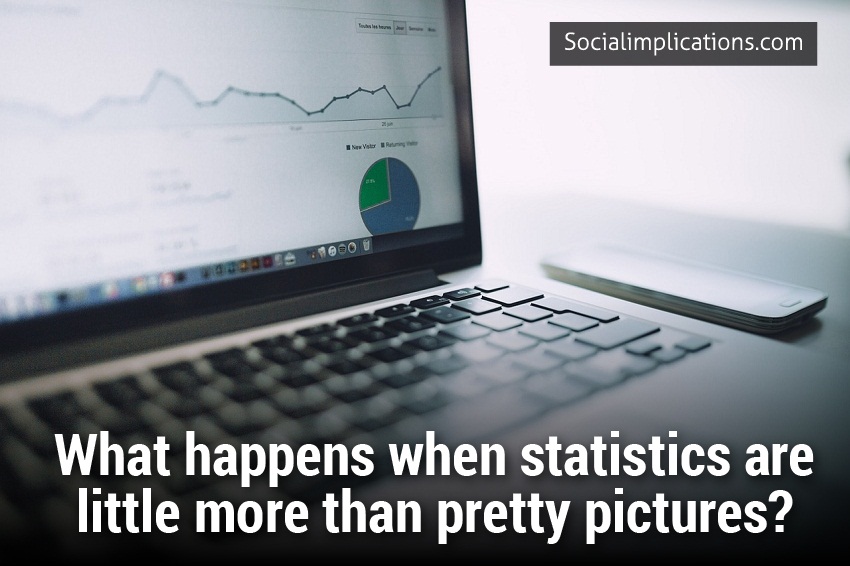Social media usage is thought to be an almost universal habit nowadays. Everyone is on Facebook, right? But upon looking a little closer, researchers have found plenty of variation and intricacy in what people are doing online. If you are an established business owner or an entrepreneur just starting out, there is a wealth of research to be found online. Honing in on social media stats can help you understand why a strategy isn’t quite working, and how to adapt it to today’s trends.
One of the most fascinating variations in social media usage relates to the user’s level of income. The PEW Research Center, one of the top non-partisan research organizations in the world, tackled income demographics in 2014 (and in previous years). First, we’ll look at who has been using which platforms more frequently over the span of a year.
It’s been estimated that around 70% of Americans use Facebook, making it seem like a sure bet for businesses seeking attention through this platform. PEW found that Facebook usage was fairly uniform across income levels, with a slight increase in the $50,000+ group, and a slight decrease among the $30,000-49,000 earners. This doesn’t mean that your targeting should be willy-nilly, but it is a strong indicator that Facebook is a solid platform for just about any demographic.
Trends were a bit different for Twitter users in PEW’s study. Significant increases in usage occurred from 2013, but only by those in the $50,000+ income range. This marks a growing trend of professionals and business owners adopting Twitter for their promotional efforts. While once thought of as a casual social networking site, Twitter is rapidly morphing into a breeding ground for business, marketing, and technology information.
The same trend we saw on Twitter goes for higher income folks on Instagram. Those earning $50,000+ began using Instagram more in 2014. However, there was also an increase in usage among those earning under $30,000 per year.
Finally, we have our first significant increase from the $30,000-49,000 income range, and that is on LinkedIn. LinkedIn saw an increase in usage from every income range, but the only significant jump (at least 10%) came from the $30,000-49,000 earners.
What it Means for Social Media Marketing
While building or tweaking your social media marketing plan, it’s often hard to make sense of these statistics. What can you really do to maximize your impact with this vague knowledge?
The first thing you must be aware of before making any moves is your follower demographics. So if you have a Facebook page, do a careful assessment of your page’s followers. Facebook will give you some basic data to get started, like gender and location demographics. It will also help you track likes, shares, and comments to determine if you are doing better over months or years.
Next, you can take this compiled information from each platform you use and compare it. For example, you may find that your Twitter account is soaring with new likes and retweets each week, while your Facebook page remains stagnant. Once you determine these inconsistencies amongst platforms, you can begin piecing together the why. That’s when you can bring in larger trends to try to answer your questions. For example, by seeing that it’s upper income users that are increasing on Twitter, you may be able to explain why your target audience activity (younger, lower income students) has stagnated on Twitter. Perhaps looking to another platform for this demographic would be a wiser choice. Of course this is just speculation, but it’s a great start for trying out new strategies on your social platforms.
Aside from all of these demographics, you must be sure that your target audience is correct in the first place. Marketing luxury goods to lower or even middle income groups is far less effective than marketing to upper income groups. You may also find it appropriate to market different products and services to different income brackets.
Buying Trends
For a more cohesive social media strategy, couple data on buying trends with your data on social media usage. In March 2015, Survey Monkey revealed trends in consumer purchases through social media. They measured by both age and income level, finding slight differences in buying trends for each group.
So the overall lesson is clear: the more data you have at your disposal, the more informed and accurate your social media strategy will be. Study your demographics and performance on each platform you use, combine this knowledge with larger trends, and make better decisions to reach the right audience where it counts.













